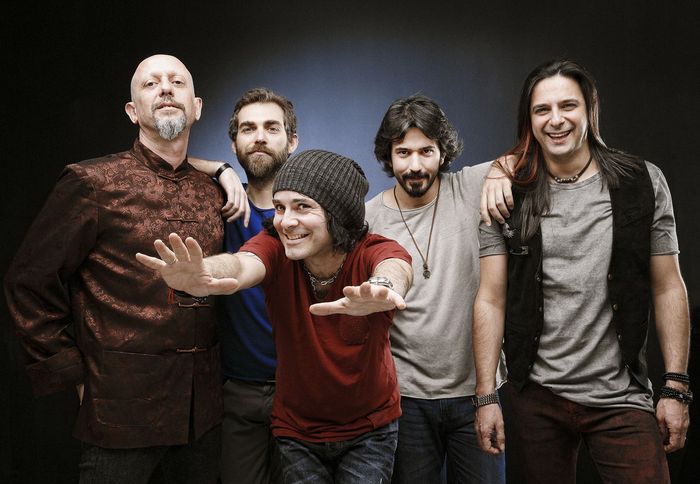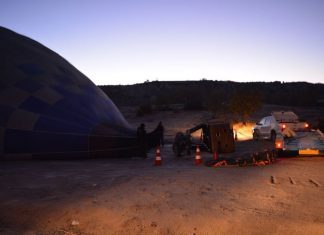Insights from Prof. Dr. Haluk Abbasoglu
Q: Commencement of Perge Excavations:
Q: When and how did the excavations start in Perge?
Prof. Dr. Haluk Abbasoglu:Perge excavations commenced in 1946 under the leadership of Ord. Prof. Dr. Arif Mufit Manser. Since then, the archaeological endeavors have persisted with intermittent pauses. Prof. Dr. Jale Inan assumed responsibility after the passing of Arif Mufit Manser in 1975, and I have been overseeing the project since 1988. Excavations in Turkey require approval from the Board of Ministers and the Ministry of Culture and Tourism. However, the Antalya Region Archeological Research Center Unraveling the Life of its Residents, a branch of Istanbul University Faculty of Literature founded in 1954, holds a unique status. This center spearheads excavations in the region.
Q: Recent Discoveries:
Q: What notable artifacts have been uncovered in recent years?
Prof. Dr. Haluk Abbasoglu:Recent excavations in Perge have significantly enriched our understanding of its history. Traditionally, our knowledge of Perge was centered on the Greek and Roman periods. While we knew that commanders from the Trojan War settled in Pamphylia around 1200 B.C., the origins of Perge remained shrouded. Inscriptions discovered in the courtyard behind the Hellenistic gate revealed founders’ names. However, the names, like those of other Antalya cities, did not align with Ancient Greek. This led us to posit that these were non-Greek sites with pre-existing inhabitants.
The breakthrough came in 1986 when a bronze tablet found in Hittite capital Hattusa mentioned Perge by the Kestros River. This artifact, recounting a border agreement between Hittite King Tuthalia IV and King Kurunta of Tarhuntassa Walking Tour Istanbul, indicated Hittite awareness of Perge before 1200 B.C. Our subsequent discoveries included 4 tombs dating back to 4200 B.C., unveiling layers of the Bronze Age and Iron Age without interruption. Numerous pottery pieces and Cyprian geometric period ceramics further enhanced our insights.








